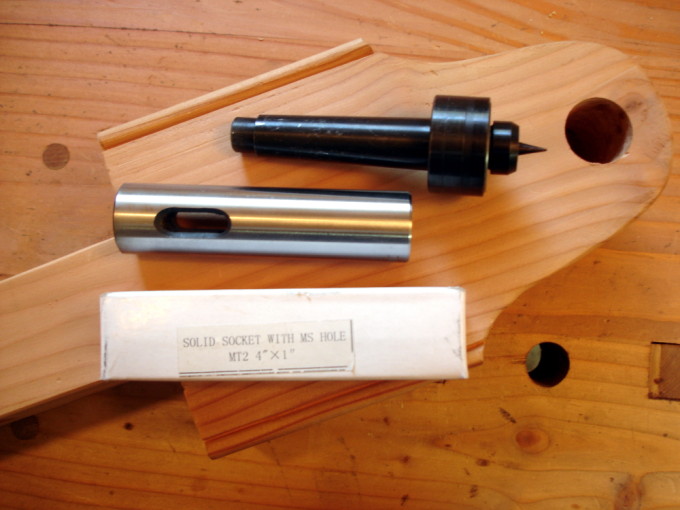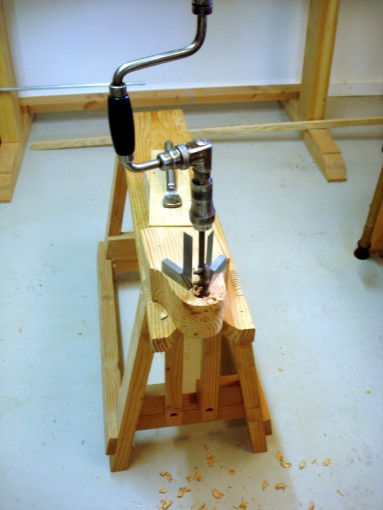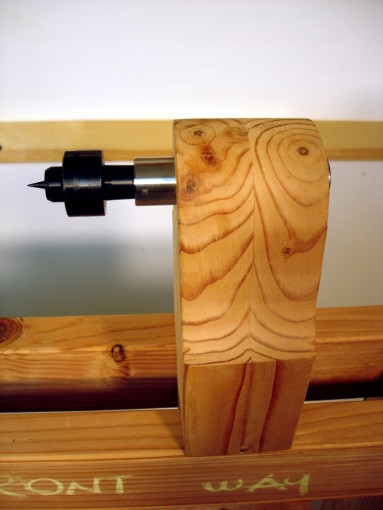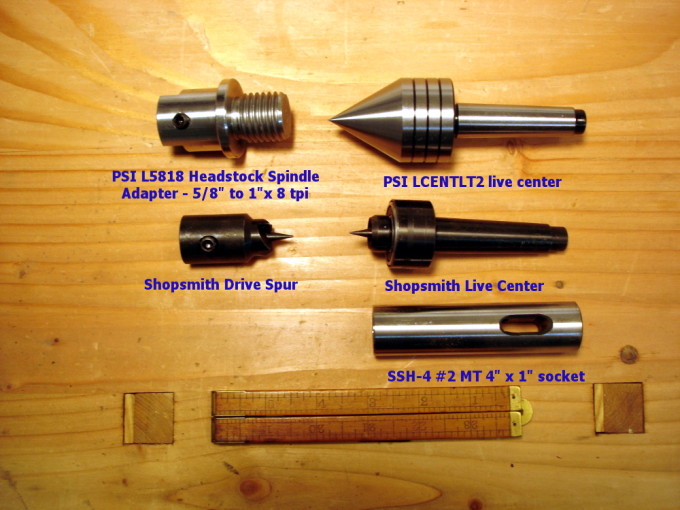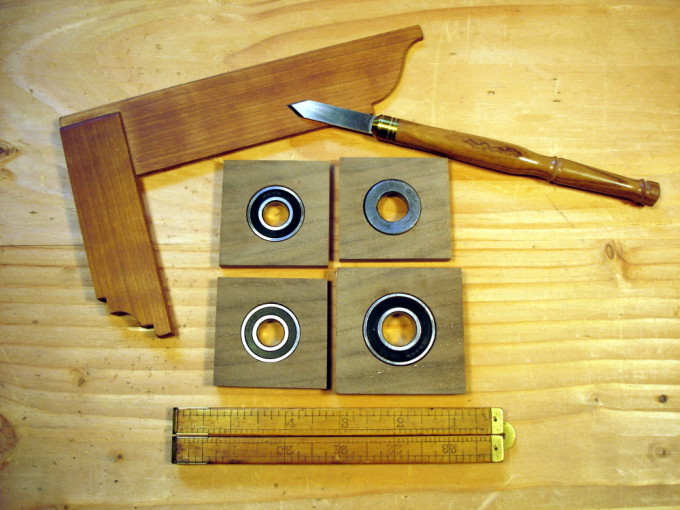In yesteryear they called it a “puppet.” Today, we call it a tailstock. Same purpose, different names.
Earlier I mentioned that I’m aiming for a more modern interpretation. It is in jest that I forgo the old world costumes, and in practicality that I seek a smooth running contrivance.
a short digression … There was a time that I imagined having the “village blacksmith” fashion some parts for this lathe. A strange thing happened on the way to see the smith. I discovered he left long ago. The quaint little village I live in is intentionally quaint. I came here over 30 years ago as a convenient place to live while I pursued employment in the corporate, private, free-enterprise world. I didn’t move here because it is a quaint little village. Yet, about that time a town council was elected with the purpose of keeping the place little and quaint. There is no development here. No new people arrive (or are welcome) to help share a constantly increasing tax burden. Long story short, the smithie was one of the first to recognize the peril of perpetually increasing taxes and he left. Word has it he’s in Cody Wyoming where there’s plenty of smithing to be done and people who actually appreciate industrious private enterprise.
So, “here ya go, Shannon.” Shannon asked in a comment to a previous post about my intentions for the spinning parts. Let’s do the tailstock/puppet first. Many replicas of old time lathes want to use a large screw with a sharpened point as the tail center. I wanted a bit less drag and smoke! Live centers all seem to be attached to tapered fixtures. How would I support one of those? Some time ago, “TrialAndError” briefly mentioned using a “morse taper socket” in the lathe he built. It wasn’t until a week or so ago that I searched for such a thing on eBay and discovered they really exist.
The morse taper socket I bought is simply a 1″ diameter chunk of stainless steel machined with a #2 morse taper hole, and then hardened. It is 4 inches long and includes a closed slot machined crosswise near one end. I assume this slot is used in applications where the socket moves within a quill. Beware when buying this piece.
You can find them in the $30-$50 range on eBay, or for $9.70 at Amazon. Shop around.
Drilling the 1″ hole through my puppet was a task best done on a saw bench. It is low enough to allow the right ergonomics of a very long auger in a hand brace. The short swing of the hand brace made for slow boring, but also made it easy to check constantly for accuracy.
The result is a very tight fit, requiring a block of wood and rubber faced mallet to drive the socket into the puppet. If, I find it moves under turning pressure, I’ll add a pin through that slot.
UPDATE: After using this for a couple of years, there was no movement of the socket. A pin through that slot isn’t needed at all. However, I did modify the socket by drilling a 1/4″ hole through the closed end. I can insert a bolt in that hole to knock the tapered center out. It’s a good practice to knock that center out and not leave it in the socket when not in use. (DAHIKT)
